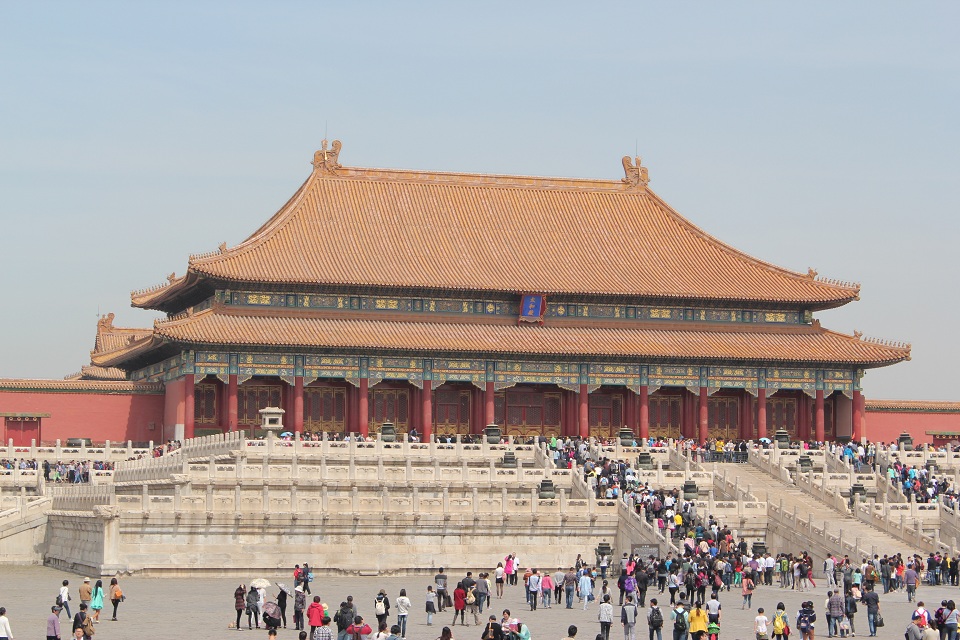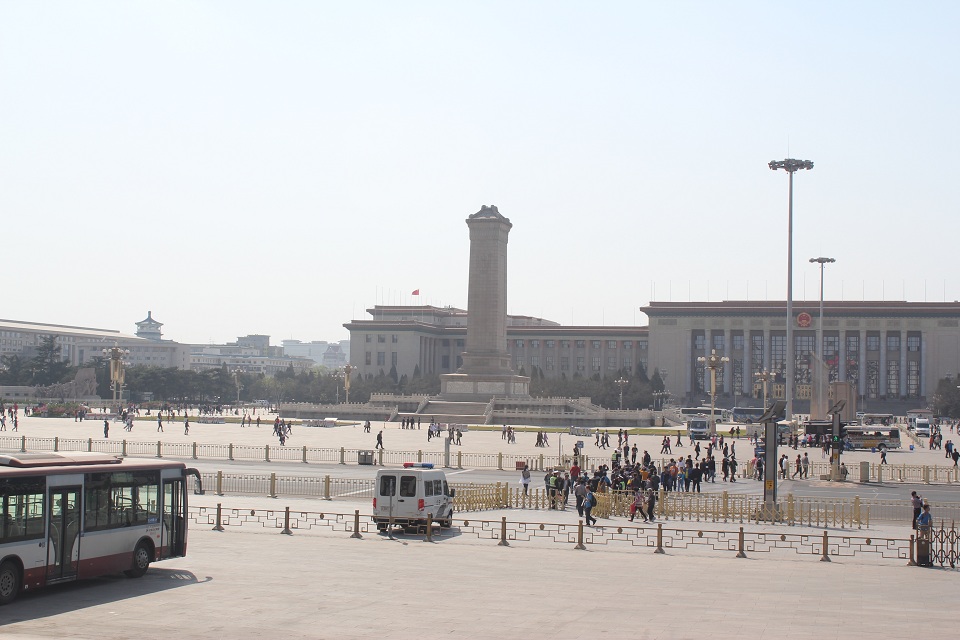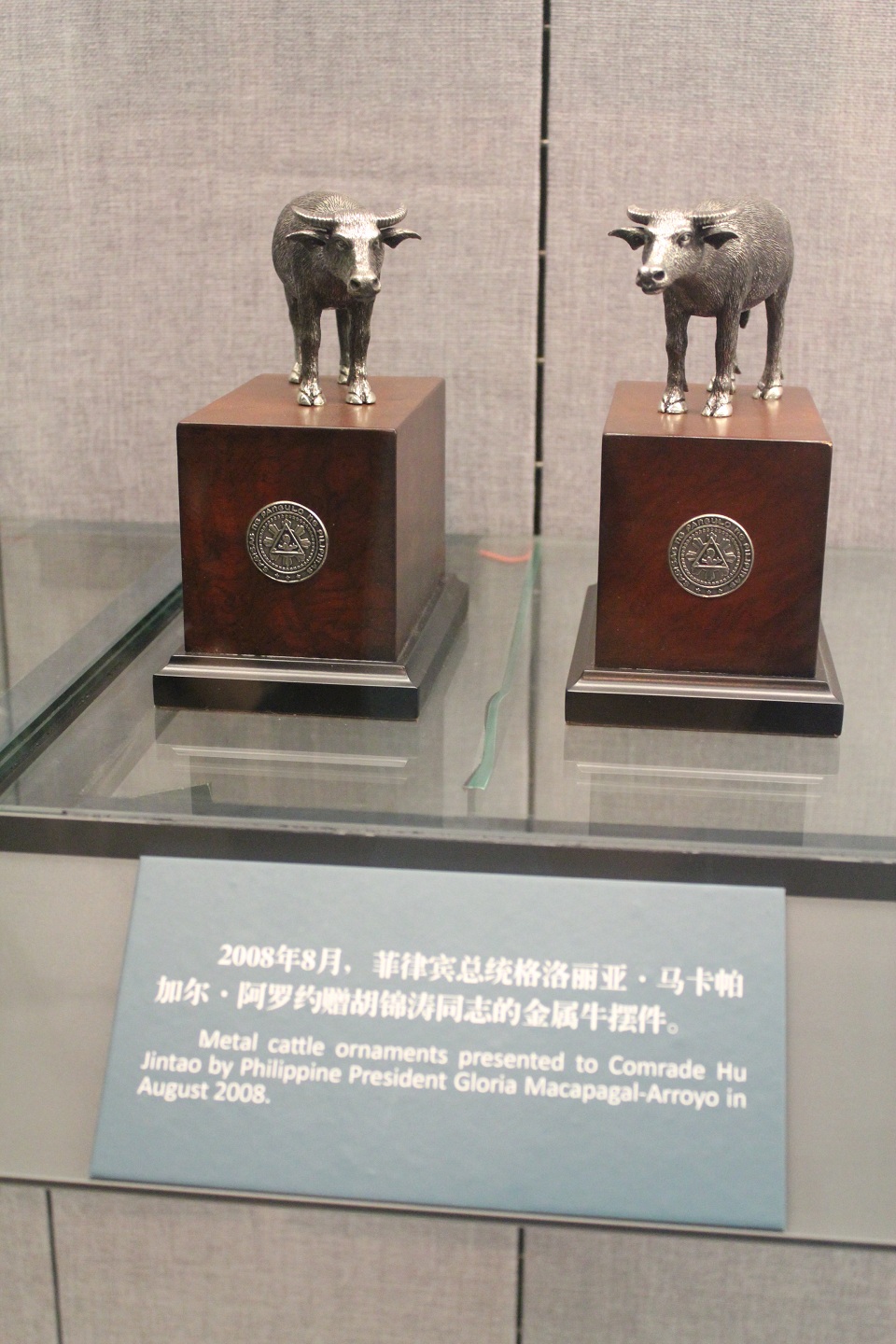Filtered By: Lifestyle
Lifestyle
A walk through the Forbidden City and Tiananmen Square
Text and photos by XIANNE ARCANGEL, GMA News

The Hall of Supreme Harmony is one of the largest structures inside the Forbidden City
For nearly five centuries, the Forbidden City was the seat of power in imperial Beijing. Built in 1406 and completed 14 years later, the 72-hectare complex was the residence of the emperors of the Ming and Qing dynasty until the Chinese Revolution erupted in 1911. It earned its name because entrance to the majestic compound was restricted to members of royalty, government officials, concubines and others who had the emperor’s permission.
9,999 rooms
Now officially known as the National Palace Museum, the Forbidden City gives visitors a feel of what it is like to live like royalty. Notable architectural features of the complex include its curved roofs with carved mythological animals sitting on each corner, and the elaborately decorated tiles covering the ceilings of pavilions and ceremonial halls.
Devoting half a day to tour the Forbidden City is ideal, but it will still not be long enough to enable you to roam around the entire complex, let alone see half of the 9,999 rooms said to be inside. If you’re visiting the place alone, it is advisable to rent an audio tape for self-guided tours. The voice will lead you to the notable and most scenic parts of the compound.
If you choose to roam around the place without any guide, make sure you have the stamina for it. The Forbidden City is like a maze, with several small structures found inside bigger buildings and courtyards. In the absence of a guide, you would not know how much of the complex you have toured—and the distance you still need to walk toward the exit.
Tribute to heroes

At the center of Tiananmen Square is the Monument to People's Heroes.
A leisurely stroll around the square can stretch for hours if you choose to visit the buildings surrounding it, such as the Mausoleum of Mao Zedong, Chinese National Museum and the Great Hall of the People. Entrance to Tiananmen Square is free, even for foreigners, but everyone must pass through a strict security check at the entry points.
At the center of the square is the National Flag Pole, where China’s national flag is hoisted at sunrise and lowered at sunset by soldiers. The routine, which does not take more than three minutes, is watched by hundreds of visitors every day.
A few steps to the south of the flag pole is the Monument to People’s Heroes, an edifice built in the 1958 as a tribute to those who have died for China’s revolutionary cause. The phrase “eternal glory to the people’s heroes” is inscribed on its front in Mao’s handwriting. Milestones in the Chinese revolution, beginning from the First Opium War in 1840 to the founding of the republic in 1949, are engraved around the monument.
Historical relics

A sculpture of Mao Zedong and his Chinese comrades is on display inside the National Museum.
The mausoleum, which houses his embalmed body, is open to the public from 8 a.m. to 12 noon. While the entrance is free, bags and cameras must be deposited for a fee at a booth outside the building.
Located on the western part of the square is the Great Hall of the People, the site where the Chinese government holds its major political and diplomatic events. The building features several elaborately-decorated halls for hosting state banquets and ceremonial activities.
Visiting hours are from 9 a.m. to 3 p.m. unless the hall has to be closed down for important functions or for the meetings of the National People’s Congress, China’s highest legislative body.
Philippines’ gift

A pair of silver carabaos from the Philippines form part of the National Museum's exhibit on state leaders' gifts to Chinese officials.
Some of the prominent items in the museum’s extensive permanent collection are the 1.7 million-year-old teeth of the YuanMou Man; the Simuwu Ding, the largest bronze ware found from ancient Chinese times, and the custom-built burial suit made of jade for the emperors of the Han Dynasty, which lasted from 206 BC to 220 AD.
For Filipino tourists, make sure to drop by the exhibit on foreign leaders’ gifts to China’s top officials. You will need a sharp eye to look for the Philippines’ gift to Hu Jintao in 2008 among the several hundreds of intricate and elaborate items on display. Hints: it’s silver and similar to a statue found in Luneta.
With more than 40 exhibit halls, spending an entire afternoon inside the sprawling National Museum might not suffice for a visitor to get a glimpse of all the collections on display. Hopefully, though, the time you have will be enough to appreciate the richness of China’s culture and history. — BM, GMA News
More Videos
Most Popular




